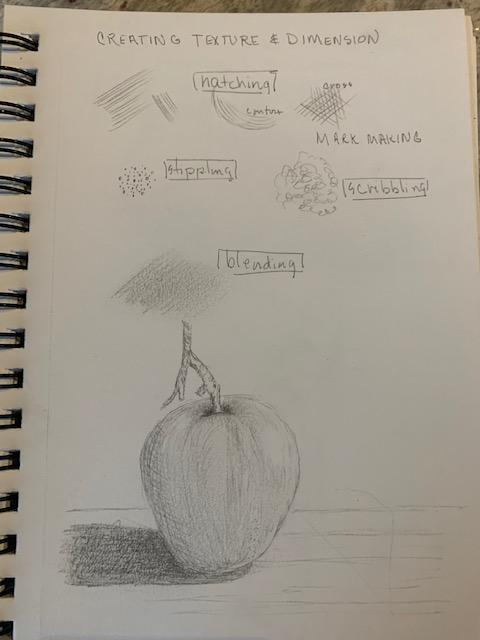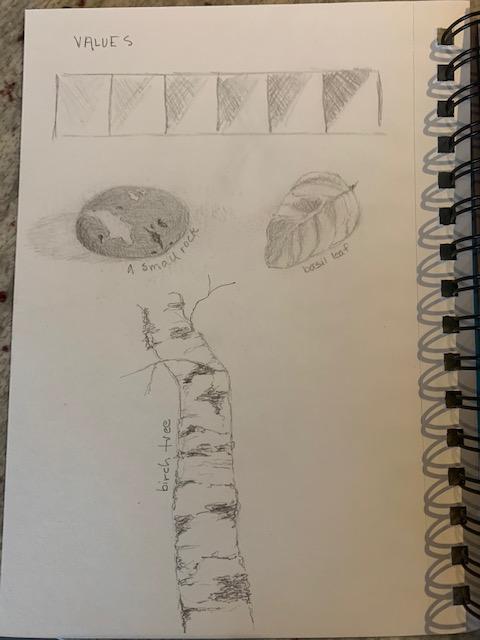The Cornell Lab Bird Academy › Discussion Groups › Nature Journaling and Field Sketching › Illustrating the 3D World
-

-
 OK I think it's time for me to start practicing what I have learned thus far before I move on to the next lessons. This is my first time taking lessons in drawing anything so I don't need to rush it.
OK I think it's time for me to start practicing what I have learned thus far before I move on to the next lessons. This is my first time taking lessons in drawing anything so I don't need to rush it. -
This is my first attempt at using several skills in one picture. I experimented with textures, dimensions, shading. I found out a few things; I need to draw daily, I need to slow down and I need to examine. Drawing is an activity that takes more time, for me, than I realized and I expect that will change as I get better at it.

-
I love this one! Nice work...
-
I love the milkweed pods and silk. I like to sketch them too. They always bring back fond memories for me. My grandmother was a floral designer and would always send me outside to gather dry milkweed pods for her to use in her arrangements. you did a nice job.
-
-
This is my latest attempt. Used hatching and a blending stump. I want to park here for a little while and practice the techniques learned in these last four lessons.

-
I feel like Liz's "lines" are so much more artistic that my own, how can that be they are just lines! But, for me, I feel like I need to work on finding my own technique. For instance, I did the value scale using hatching then blended it with my finger. But then I used a blending stump and I felt the result was far superior to my finger. So, it's practice and trial and error.

-
I’ve never taken a drawing class before so I’m learning a lot & becoming more comfortable with putting pencil to paper. I need a lot more practice though. Since I had no fruit in the house I sketched my Hawaiian musical instruments made out of gourds, one of which I made myself which was also a learning process. Chris Jonientz



-
Your use of cross hatching in the gourd instruments was quite effective. I am still trying to find a place to use it effectively. Tanis
-
-
We are enjoying learning how to make our drawings better and more true to their nature. The first picture is of my practice of Chiaroscuro and the second is of my oldest sons practice.


-
 I’m enjoying drawing nature objects and I feel like I’m getting back to my drawing roots. I like having a course to spur me on!
The giraffe used crosshatch and done with fine tip marker
I’m enjoying drawing nature objects and I feel like I’m getting back to my drawing roots. I like having a course to spur me on!
The giraffe used crosshatch and done with fine tip marker -
Gorgeous!
-
Beautiful! love how you make the fur appear soft. How did you achieve the glint in the eyes? I did an apple and while the light and dark areas show the way I hoped, I could not capture the glow of the apple in the light.
-
Wow, these are great.
-
Wow these giraffes are beautiful
-
-
 I’m enjoying drawing nature objects and I feel like I’m getting back to my drawing roots. I like having a course to spur me on!
I’m enjoying drawing nature objects and I feel like I’m getting back to my drawing roots. I like having a course to spur me on! -
-
I can see it will take me longer than I thought to work my way through this course. I practiced using sketchy lines and techniques for shaping and texturing. My circles are getting better! I have to learn to hold my pencil more lightly and freely and use more wrist than fingers for control. Loosen it up......I don't know when I will be ready for color. After this unit I will have something to post! I am inspired to draw the milkweed pods I just cut down in my front yard. Happy sketching all.....
-
I liked
 using stippling for this drawing, maybe because it's already kind of a bumpy subject.
using stippling for this drawing, maybe because it's already kind of a bumpy subject. -

-
I understand chirascuro the best and can see the light and shadows on the objects I draw. Deciding what type of mark to use is an area where I need to practice more. The red pepper is my favorite of the fruits and vegetables on this page, possibly because I used straight hatching, which seemed to work better than curved hatching for the other objects. The navel orange might have been more recognizable if I had used stippling.

-
I tried to use a different style of shading for the sphere, the apple, the lemon and the miniature pumpkin to varying degrees of success. I most enjoyed stippling the lemon, which felt almost meditative after a time, though I fear the outcome looks rather more like a kiwi fruit in texture. I struggled most with miniature pumpkin and couldn't get the combination of cross hatching and contouring to work, which was frustrating.

-
Lovely!
-
-
 I'm still working giving depth and dimension this acorn.
I'm still working giving depth and dimension this acorn. -
 I am still working on light and dark- trying to get some clarity in my drawings- mostly using graphite until I can get in right more consistently. Shagbark hickory nuts were a good subject.
I still want to work on light and dark going forward. It's one thing to get convincing and clear lighting on an inanimate object and quite another to apply it to a living object that moves. I will continue to work on this on each journal page as it progresses. I'm not sure what to do about messy looking writing; maybe ink rather than pencil.
I am still working on light and dark- trying to get some clarity in my drawings- mostly using graphite until I can get in right more consistently. Shagbark hickory nuts were a good subject.
I still want to work on light and dark going forward. It's one thing to get convincing and clear lighting on an inanimate object and quite another to apply it to a living object that moves. I will continue to work on this on each journal page as it progresses. I'm not sure what to do about messy looking writing; maybe ink rather than pencil. -
This is wonderful! Inspiring to a beginner.
-
Really nice and inspiring. I love how you've laid out your page. thanks for sharing it.
-
-

 maybe trite subject matter, but plentiful
maybe trite subject matter, but plentiful -
 At last! This is the image of Leonardo (a nature journalist!) I unsuccessfully tried to upload with my little leaf and pumpkin drawings earlier. (Here we were practicing chiaroscuro and different ways of shading, including hatching). Marty Patton (who is running waaaaay behind)
At last! This is the image of Leonardo (a nature journalist!) I unsuccessfully tried to upload with my little leaf and pumpkin drawings earlier. (Here we were practicing chiaroscuro and different ways of shading, including hatching). Marty Patton (who is running waaaaay behind) -
I thoroughly enjoyed sketching some leaves, a pumpkin, and an etching I found of Leonardo (who was, among other things, a master nature journaler--right? His notebooks intrigue me more than his finished paintings). I took a photo of my sketch, saved it as a jpg, and then inserted it (multiple times) in the "insert image" spot--where it does show up, but it takes up the whole screen and obliterates the "submit" button. If I try to return to the original page, I lose it all. Advice is welcome! (I did contact the Cornell help page and did what I thought I was told--saved it as a jpg and inserted it.) --Marty Patton
-
I’m a beginner, so I know this takes oodles of practice, but I struggle with the various forms of shading. Mine look too mechanical. Are there any reassures you can recommend that will help me draw more natural and realistic three demential figures? Regards, Barry
-


 My attempt at giving depth to the pictures using the shading techniques
My attempt at giving depth to the pictures using the shading techniques
-
I tried to work on dark and light on various objects I found to draw. I feel like I understand light and shadow better, but it is an ongoing process. I am very much enjoying seeing everyone's work on such a huge variety of subjects. It is helpful and "enlightening". Edirh
-


-
Beautiful drawings!
-
Those are really nice!
-
these are so lovely and inspiring.
-
-

 I tried to put a bright highlight and a dark cast shadow on this mango
I tried to put a bright highlight and a dark cast shadow on this mango -
it's beautiful.
-
-


-
I particularly like the birch tree!
-
Read More:
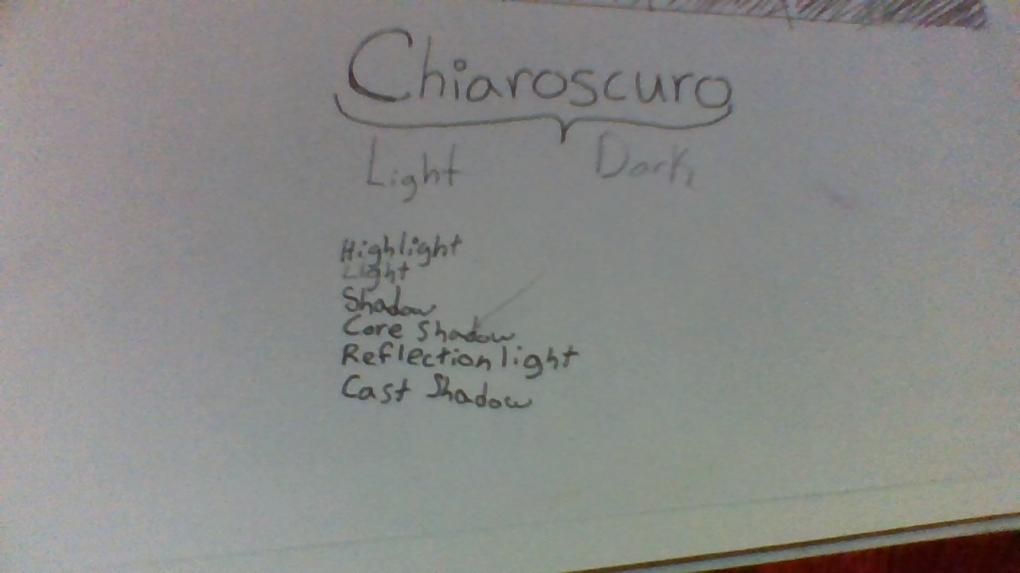
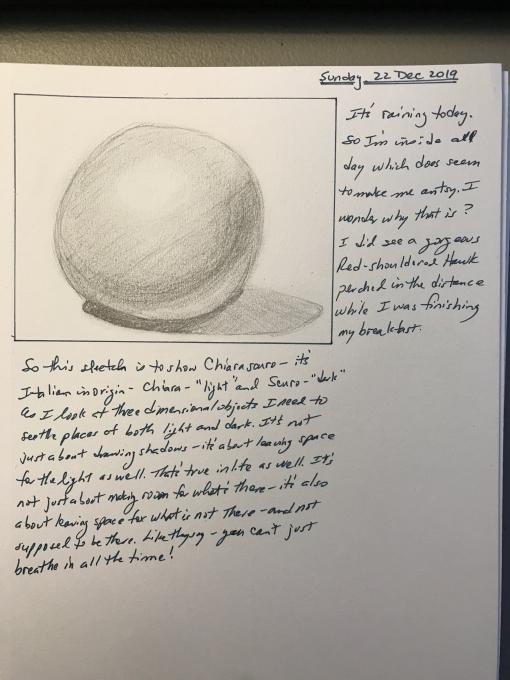 OK I think it's time for me to start practicing what I have learned thus far before I move on to the next lessons. This is my first time taking lessons in drawing anything so I don't need to rush it.
OK I think it's time for me to start practicing what I have learned thus far before I move on to the next lessons. This is my first time taking lessons in drawing anything so I don't need to rush it. 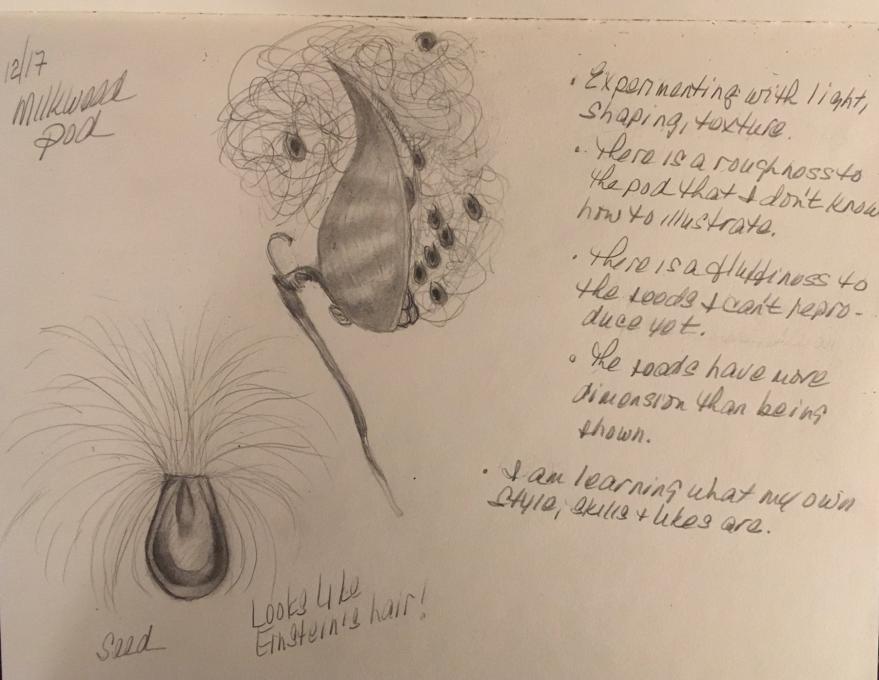
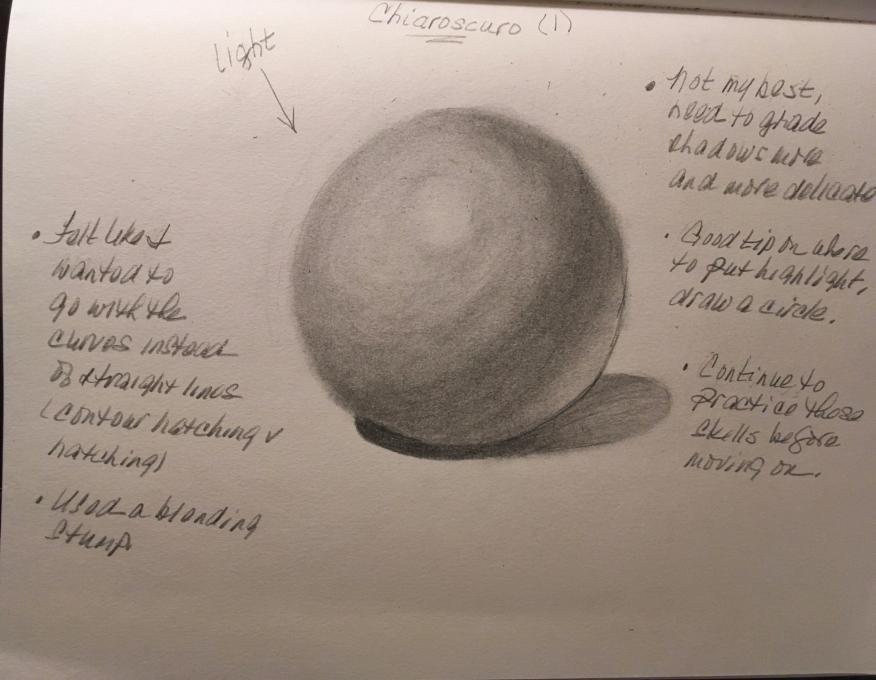
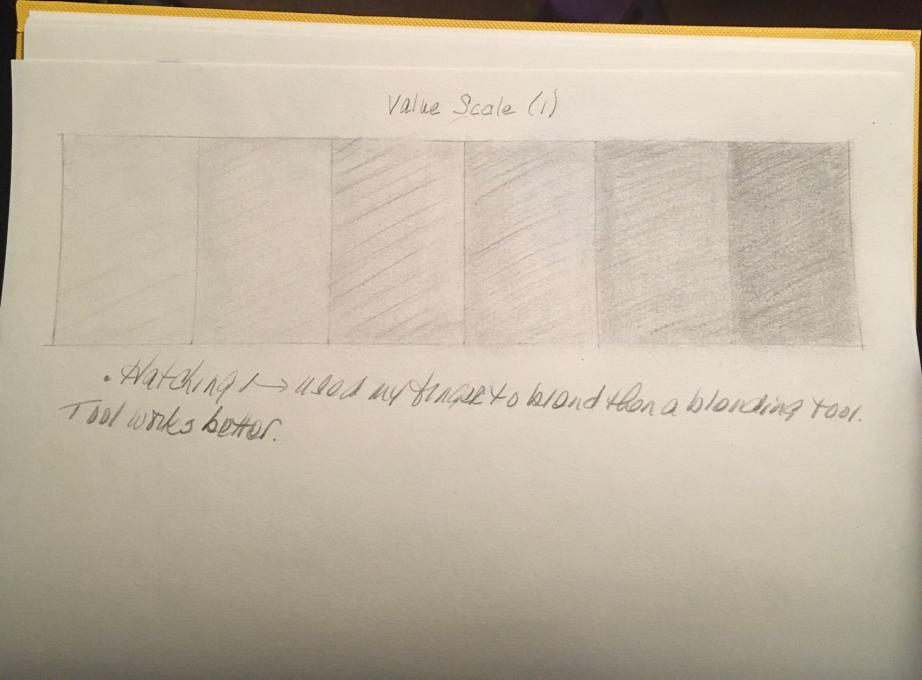
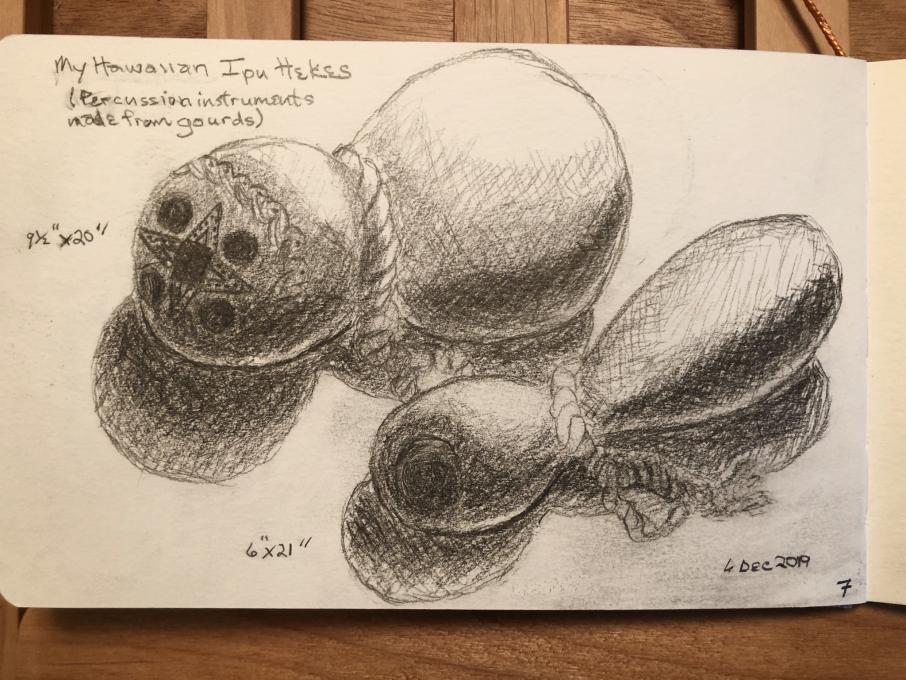
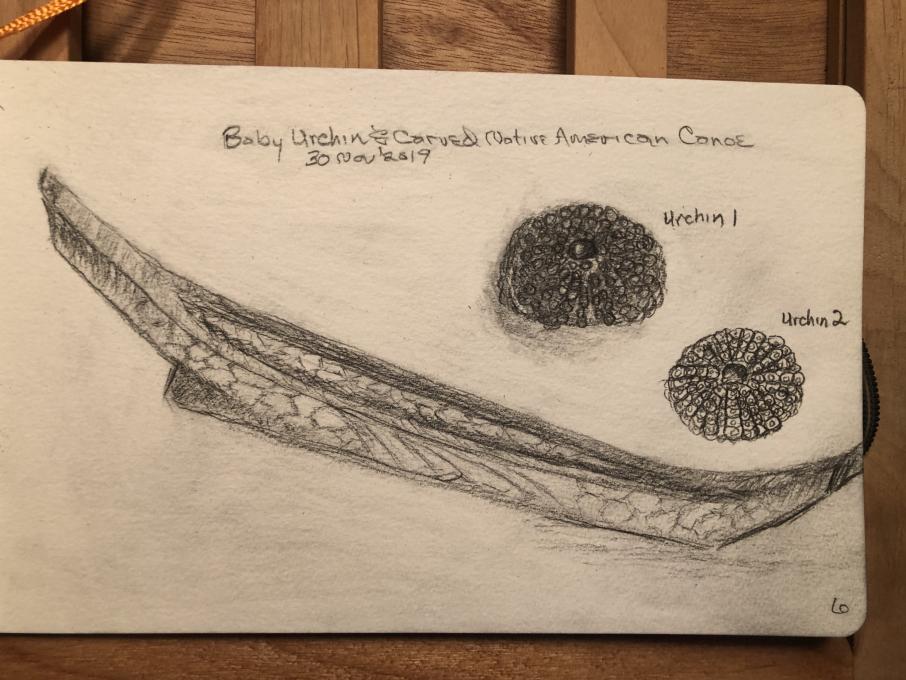
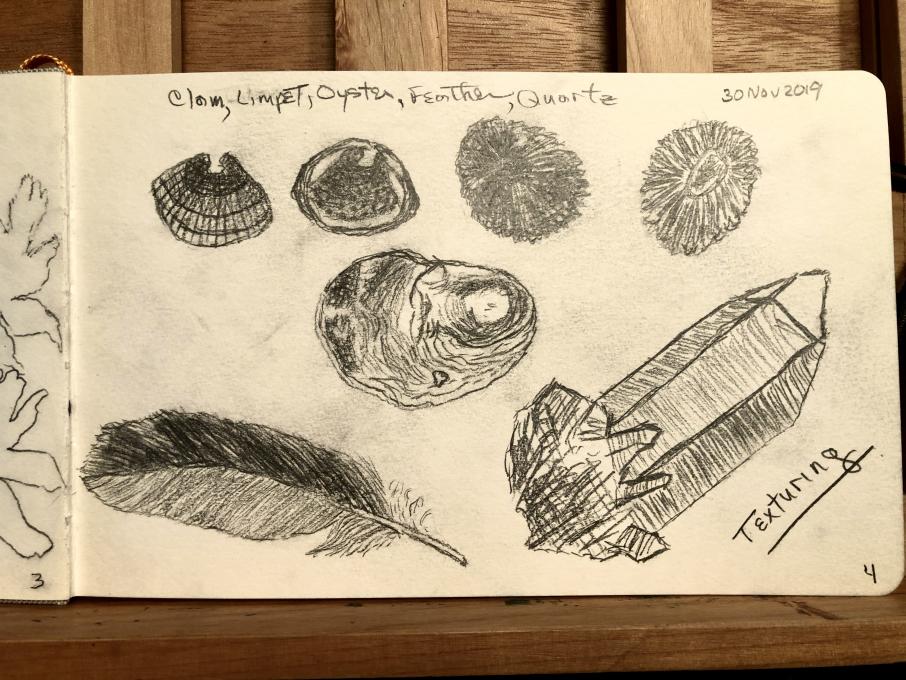
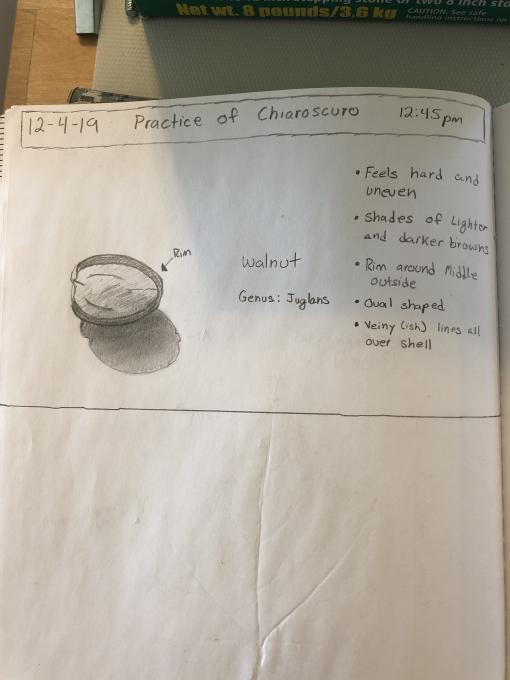
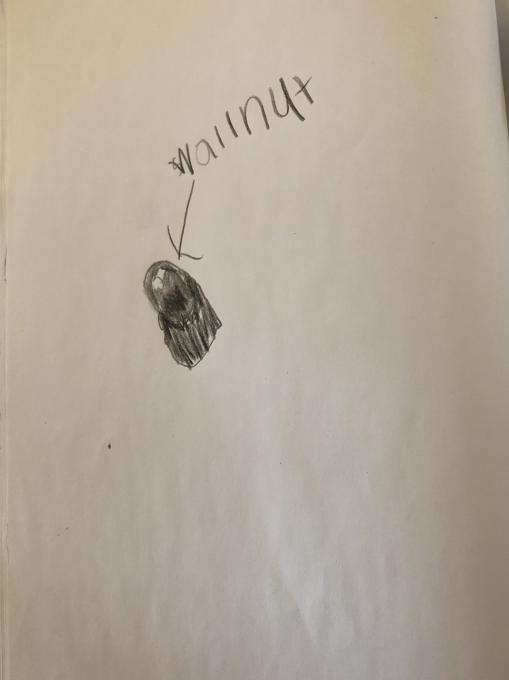
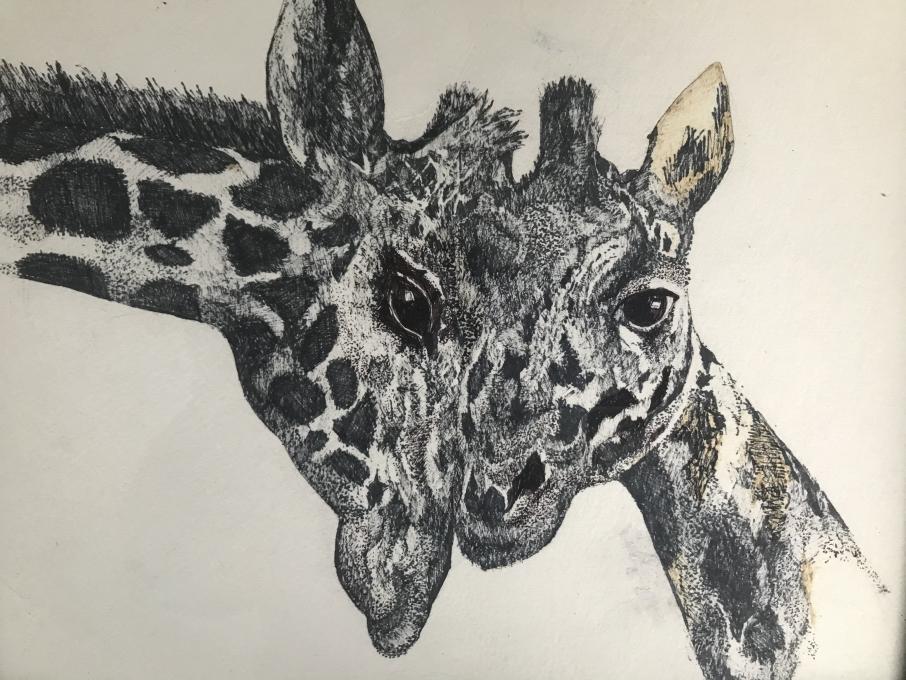 I’m enjoying drawing nature objects and I feel like I’m getting back to my drawing roots. I like having a course to spur me on!
The giraffe used crosshatch and done with fine tip marker
I’m enjoying drawing nature objects and I feel like I’m getting back to my drawing roots. I like having a course to spur me on!
The giraffe used crosshatch and done with fine tip marker 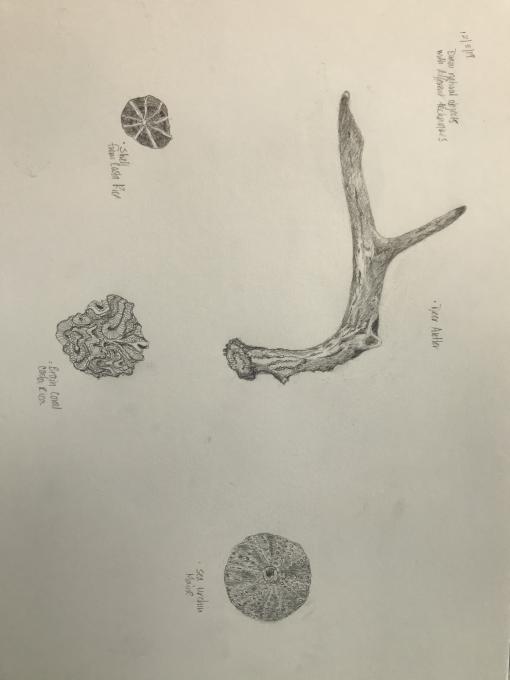 I’m enjoying drawing nature objects and I feel like I’m getting back to my drawing roots. I like having a course to spur me on!
I’m enjoying drawing nature objects and I feel like I’m getting back to my drawing roots. I like having a course to spur me on! 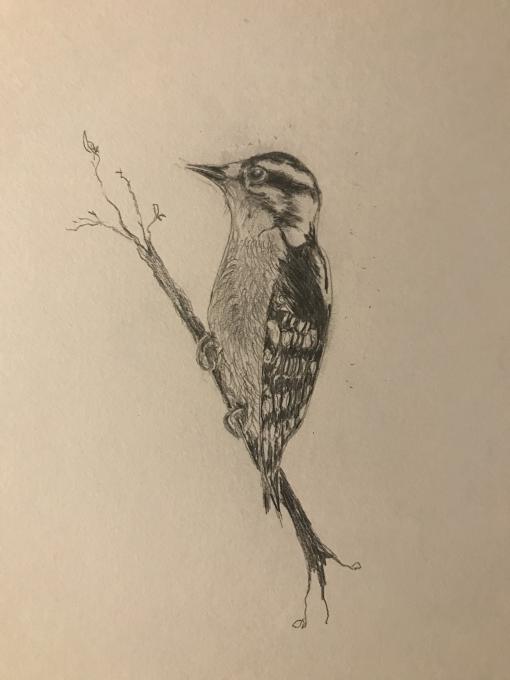
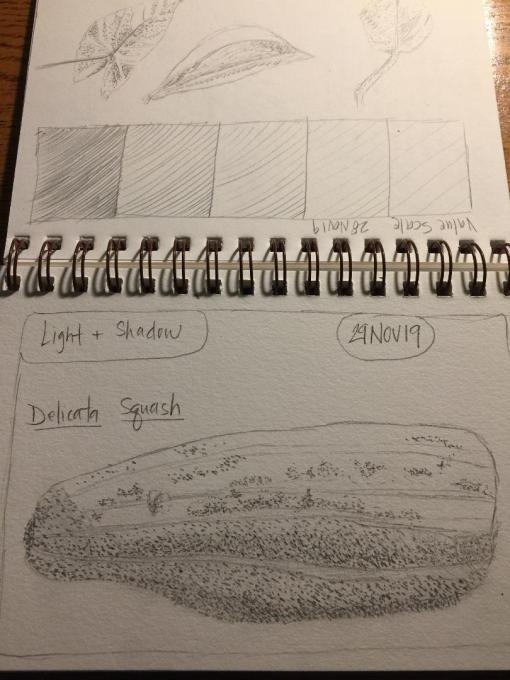 using stippling for this drawing, maybe because it's already kind of a bumpy subject.
using stippling for this drawing, maybe because it's already kind of a bumpy subject. 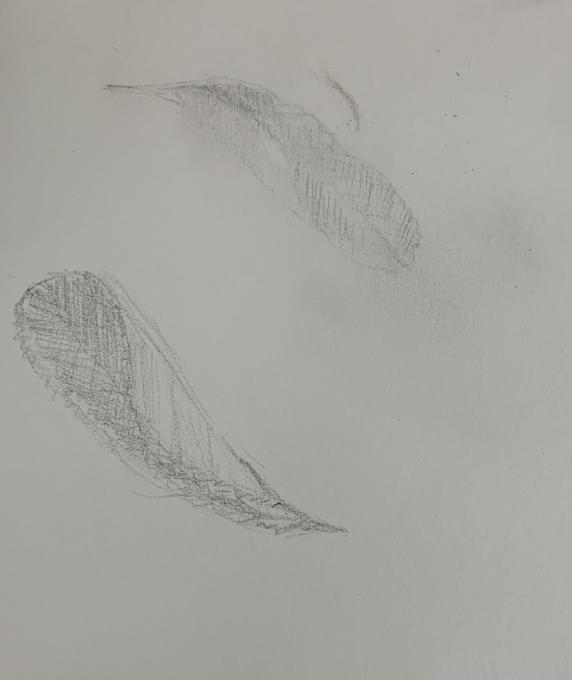
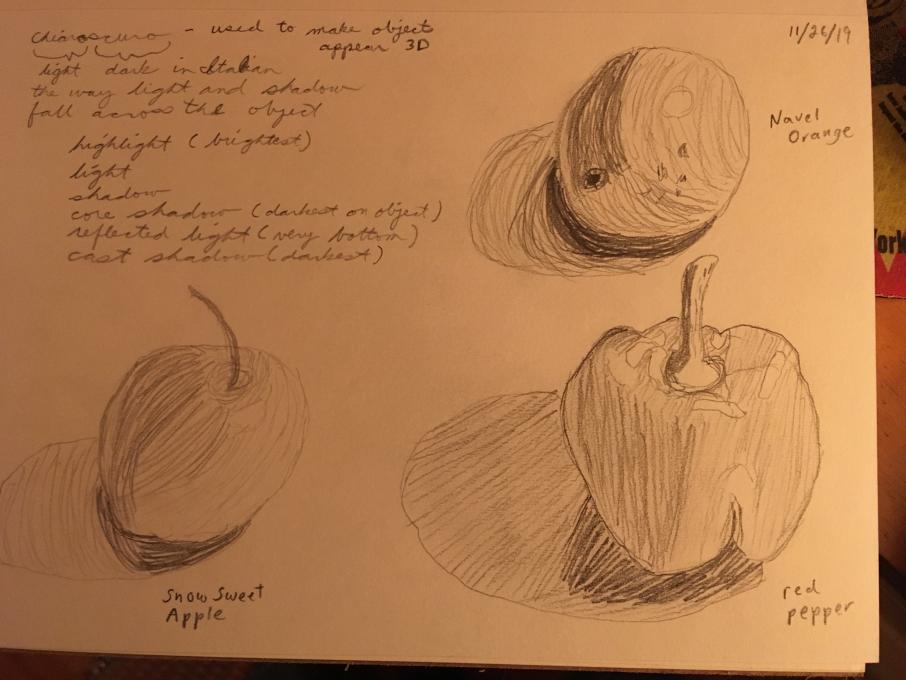
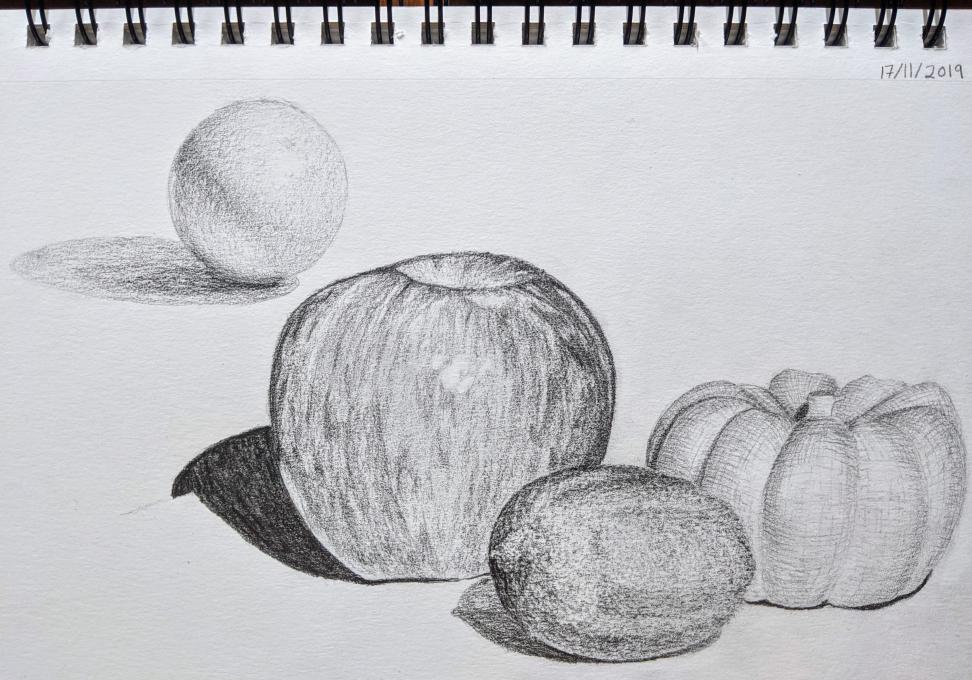
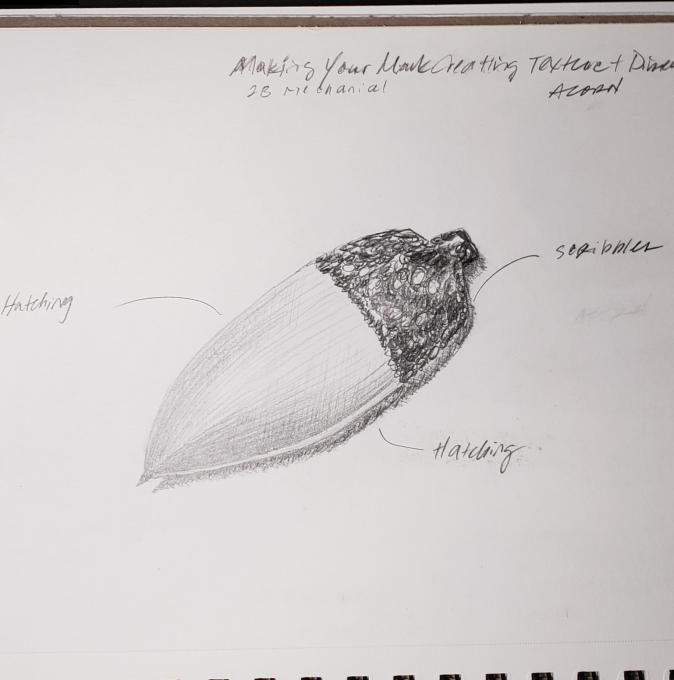 I'm still working giving depth and dimension this acorn.
I'm still working giving depth and dimension this acorn. 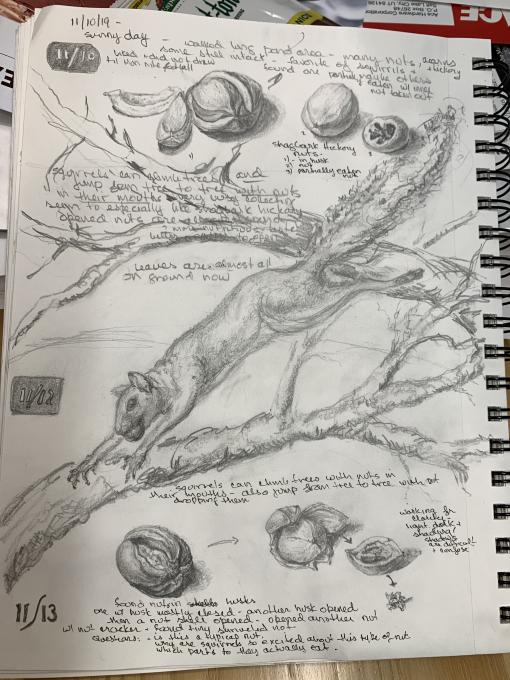 I am still working on light and dark- trying to get some clarity in my drawings- mostly using graphite until I can get in right more consistently. Shagbark hickory nuts were a good subject.
I still want to work on light and dark going forward. It's one thing to get convincing and clear lighting on an inanimate object and quite another to apply it to a living object that moves. I will continue to work on this on each journal page as it progresses. I'm not sure what to do about messy looking writing; maybe ink rather than pencil.
I am still working on light and dark- trying to get some clarity in my drawings- mostly using graphite until I can get in right more consistently. Shagbark hickory nuts were a good subject.
I still want to work on light and dark going forward. It's one thing to get convincing and clear lighting on an inanimate object and quite another to apply it to a living object that moves. I will continue to work on this on each journal page as it progresses. I'm not sure what to do about messy looking writing; maybe ink rather than pencil. 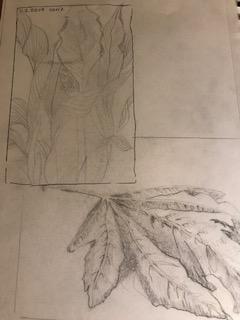
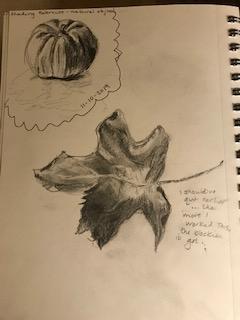 maybe trite subject matter, but plentiful
maybe trite subject matter, but plentiful 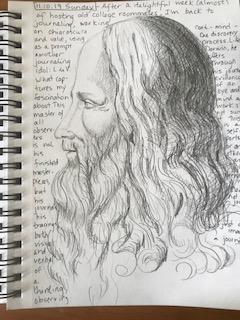 At last! This is the image of Leonardo (a nature journalist!) I unsuccessfully tried to upload with my little leaf and pumpkin drawings earlier. (Here we were practicing chiaroscuro and different ways of shading, including hatching). Marty Patton (who is running waaaaay behind)
At last! This is the image of Leonardo (a nature journalist!) I unsuccessfully tried to upload with my little leaf and pumpkin drawings earlier. (Here we were practicing chiaroscuro and different ways of shading, including hatching). Marty Patton (who is running waaaaay behind) 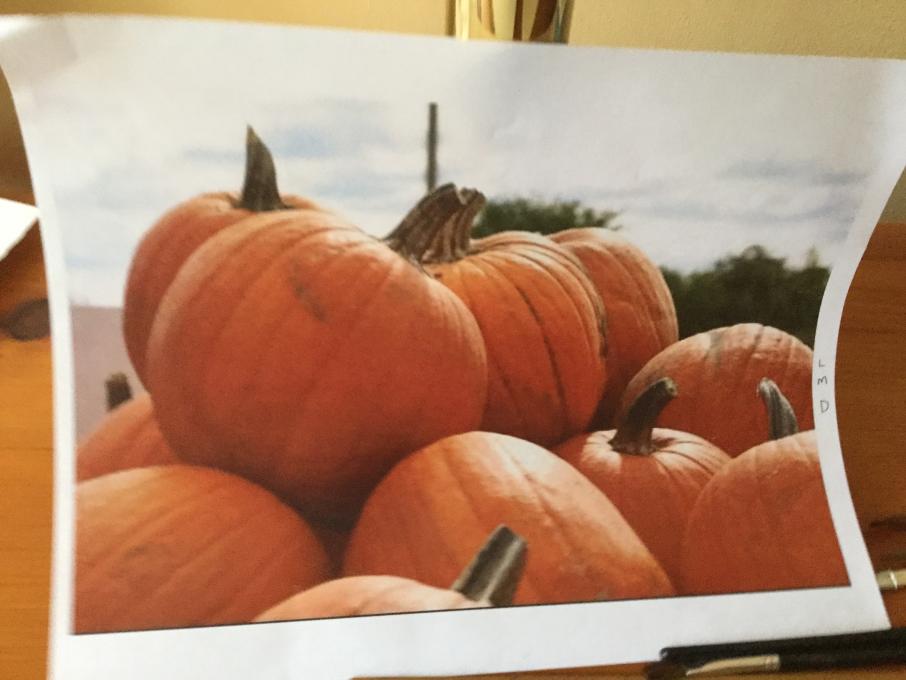
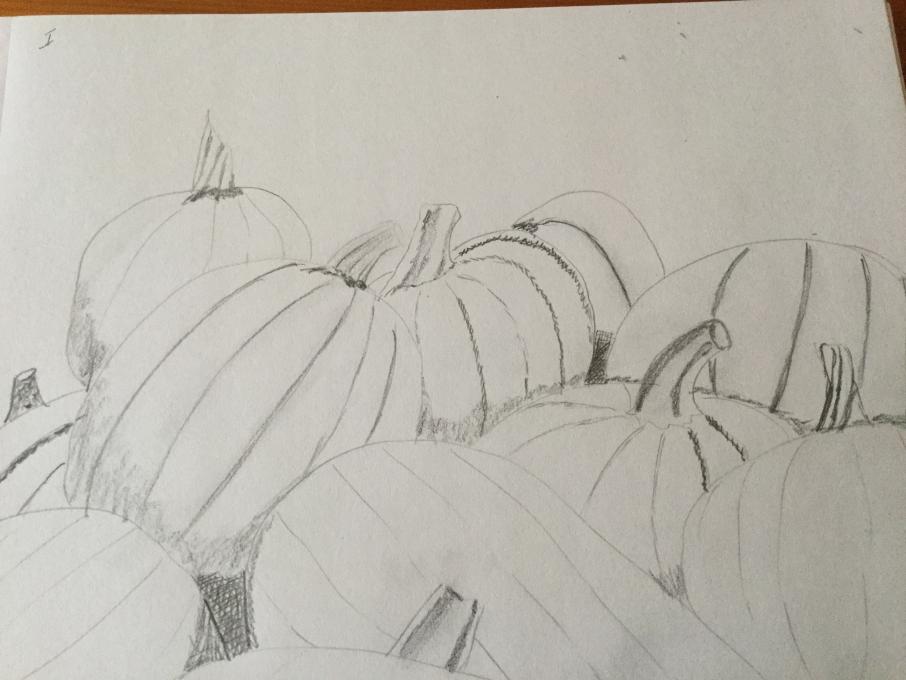
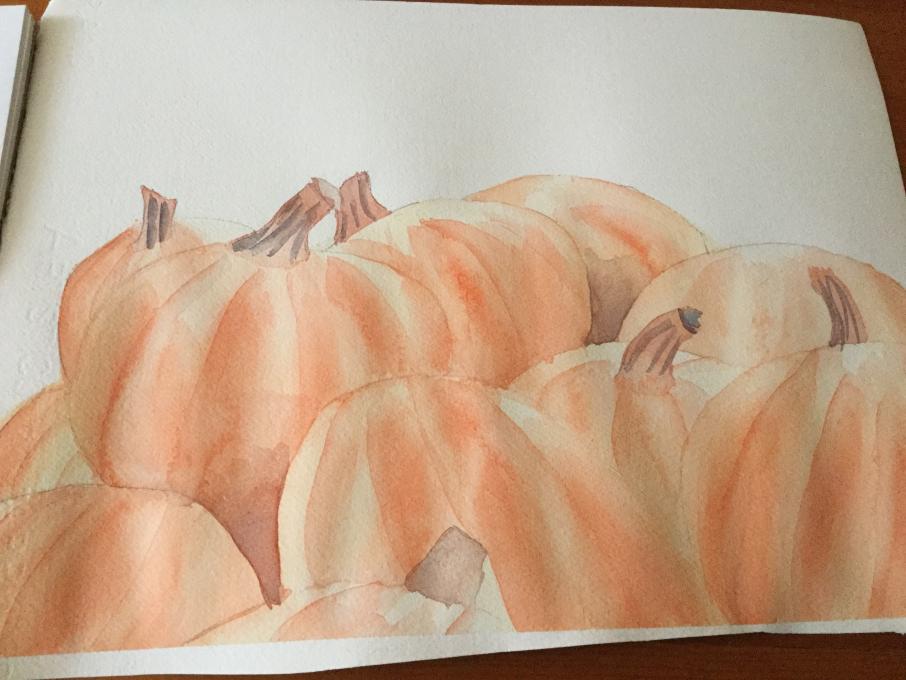 My attempt at giving depth to the pictures using the shading techniques
My attempt at giving depth to the pictures using the shading techniques
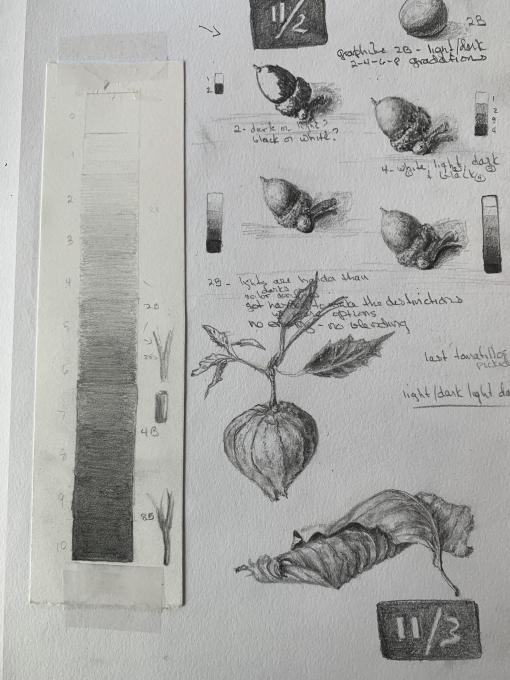
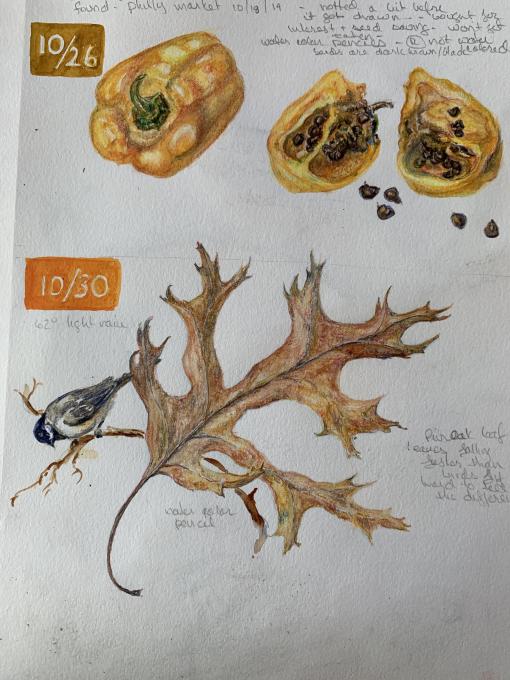
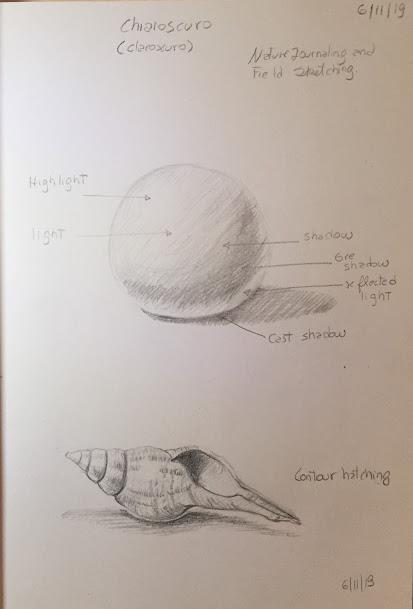
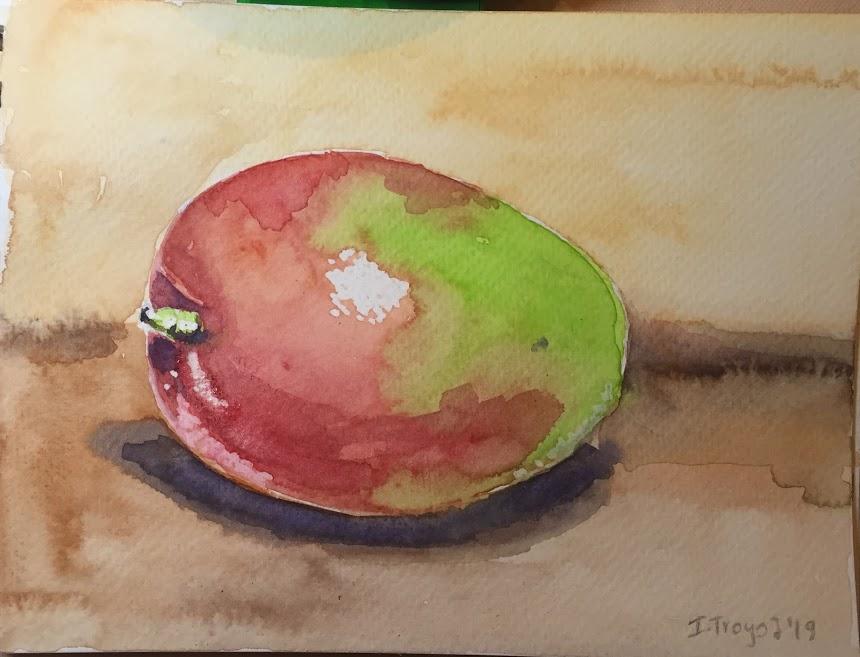 I tried to put a bright highlight and a dark cast shadow on this mango
I tried to put a bright highlight and a dark cast shadow on this mango 